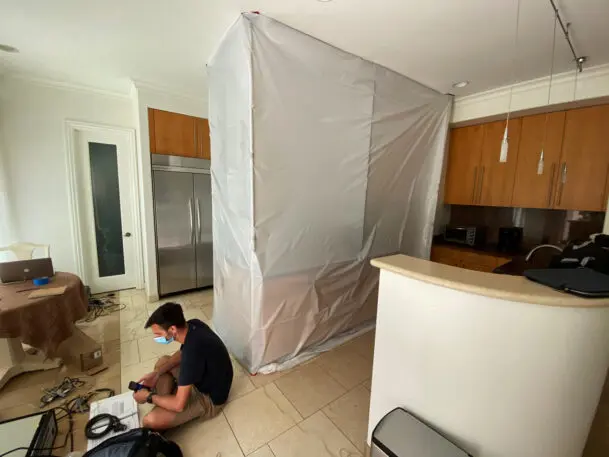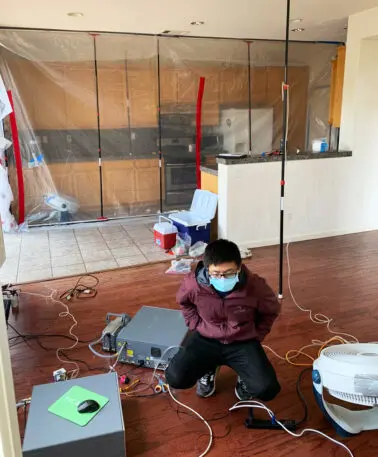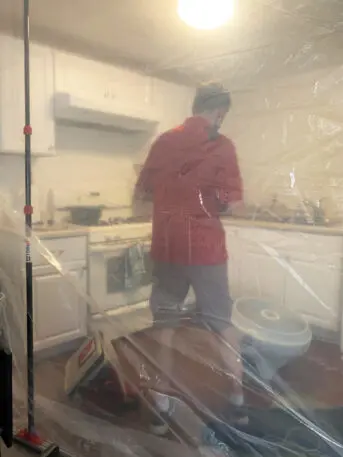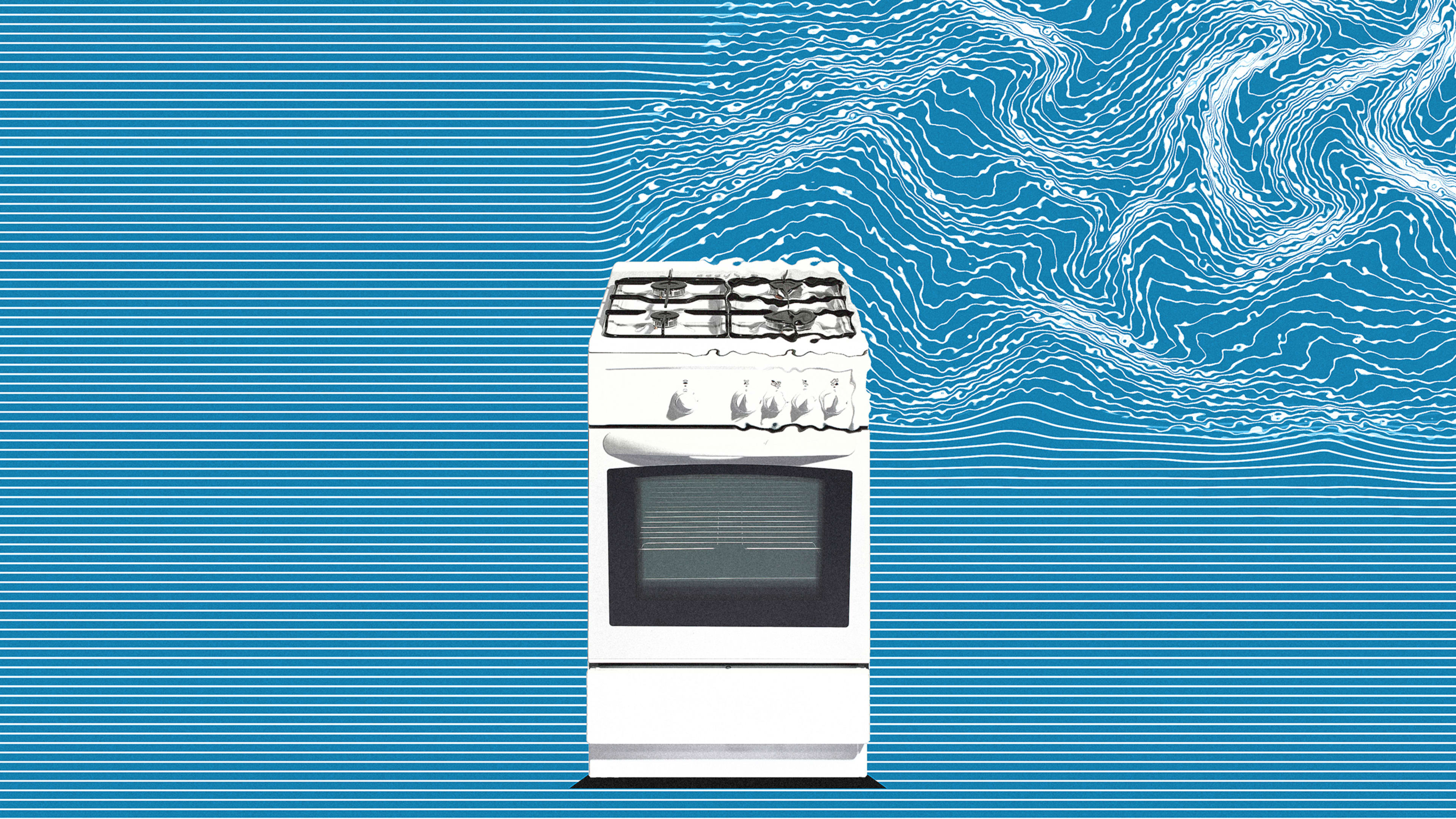I love my gas stove, from its beautiful indigo flames to the way I can twist the knob ever so gently to coax a boiling pot back to a simmer. In every perceptible way, gas stoves are fantastic. But their problems hide where we can’t see or smell them.
In a landmark new paper out of Stanford, published in Environmental Science & Technology, researchers discovered that gas stoves constantly leak methane into the air, even when turned off. “The leaks we’re measuring are not going to be in concentrations that would normally be detected by a human nose,” says Eric Lebel, the former Stanford student who’s lead author on the paper. “They don’t reach that threshold because it’s a slow, constant leak, not a puff of gas where the concentration is high.”
The good news is that this methane leaks at low enough levels that scientists don’t believe it’s harmful to indoor air and human health. The bad news, however, is two-fold.

In other words, even when they work as intended, gas stoves are a terrible technology that we should replace with electric options. Found in a third of U.S. homes, they are also the only gas appliances in our houses—including dryers, water heaters, and heaters—that do not require venting to the outside to keep indoor air clean.
To conduct the study, researchers entered 53 houses across seven California counties, sealed off kitchens with walls of plastic sheeting and painter’s tape, and took precise measurements of methane and nitrogen oxides in the air. During this work, they examined 18 different brands of stove.

“A few of the houses contributed most emissions because their leak was that much bigger than the other ones,” says Lebel. “There is some targeting to do. We’d like to identity [what’s going on].”
Even the question of whether the stove itself is leaking, or whether the stove’s connection to the gas line leaking, is something scientists can’t yet answer.
“We weren’t able to pinpoint exactly where it’s coming from,” said Lebel of the methane, “but we could tell it’s coming somewhere from the appliance, or the gas line connecting to the wall.”

While the leaking methane is damaging to our environment, the methane we successfully burn on our stoves is a problem, too. It releases molecules that are detrimental to our health.
Previous research has found that gas stoves can emit so much carbon dioxide that they can theoretically impede brain function, causing indoor air quality to be worse than the dirtiest cities on earth. This latest study further confirms the danger of gas stoves inside homes by adding a pair of nitrogen oxides to the mix. The longer you run a gas stove top or oven, the more nitrogen oxides enter your air. It only takes a few minutes of stove usage to reach levels of nitrogen oxides that have been deemed unsafe by the EPA. Nitrogen oxides are tied to respiratory ailments, and could increase susceptibility to viruses and bacterial infections.
“Our data suggest that families who don’t use their range hoods or who have poor ventilation can surpass the…national standard [of nitrogen oxides]…within a few minutes of stove usage, particularly in smaller kitchens,” the researchers write in the study. The study also points out that as few as 28% of people use their range hoods anyway. And many range hoods don’t vent outside, and instead recirculate dirty air inside your home.
It all adds up to the fact that, if environmental safety and personal health are our chief concerns, then we should stop installing gas stoves in housing, opting for electric ranges instead. Because while the indigo flames may be beautiful, the invisible gas emissions are treacherous.
Recognize your brand’s excellence by applying to this year’s Brands That Matter Awards before the early-rate deadline, May 3.
